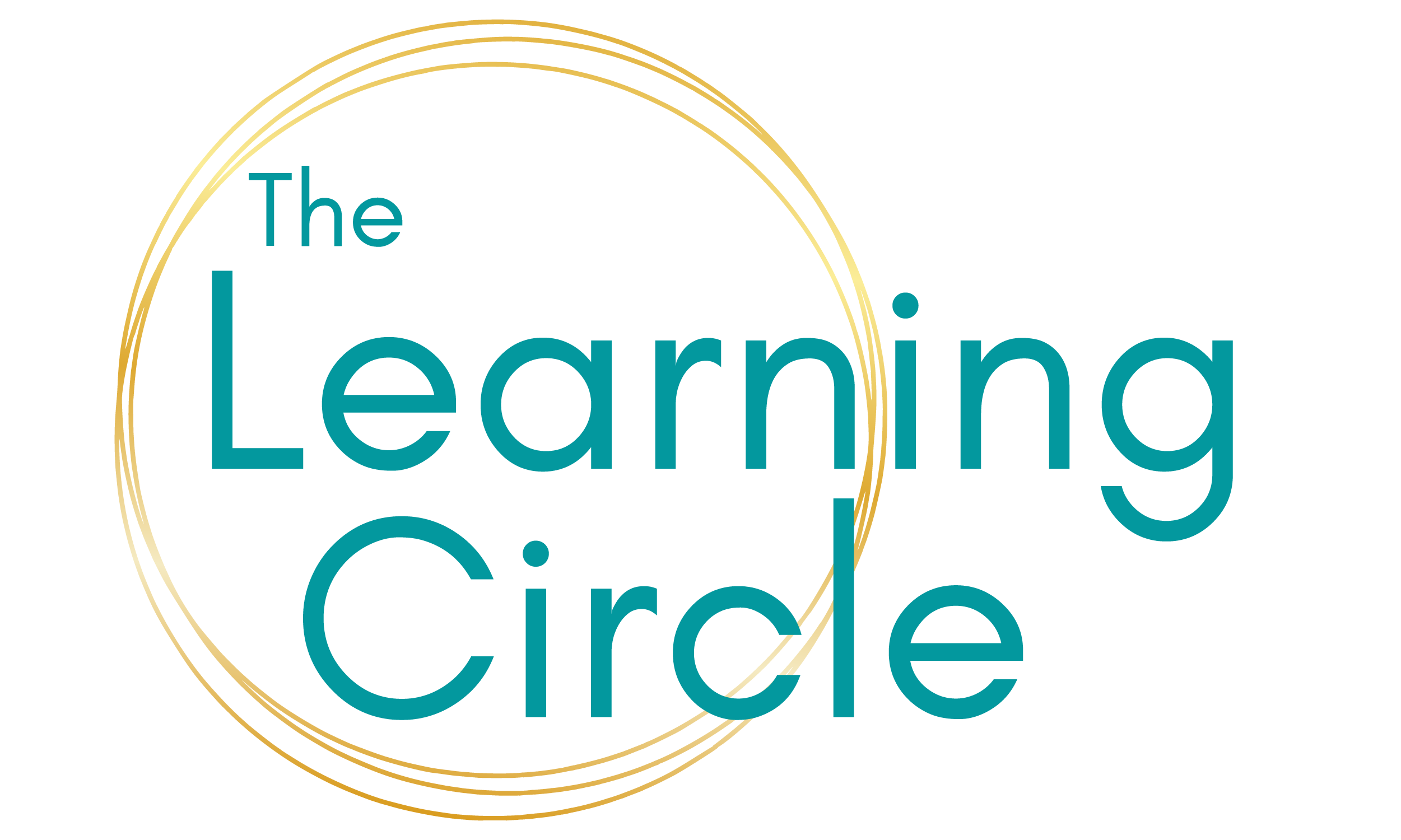Scaffolding speaking tasks to encourage student - student interaction
Have you ever planned an exciting speaking task, only to be surprised and disappointed when your class falls quiet? Scaffolding speaking tasks might help your learners get the most from student-student interaction
Mar 6
A common piece of feedback I give to teachers after an observation is this:
‘consider how to scaffold student - student interaction’.
‘consider how to scaffold student - student interaction’.
We know student - student interaction has great benefits to language acquisition: it offers opportunities for authentic practice, immediate feedback, and collaborative learning. It also fosters fluency, motivation, cultural understanding, and effective communication skills.
So this is definitely something we want to support in the classroom.
Setting up a discussion or speaking task can seem quite simple. Plan some question, put students in pairs or groups and off they go, right? Yet, teachers are often surprised and discouraged when the task they were sure would generate a lot of discussion falls quiet.
From my observations, it is often because the learners…
So this is definitely something we want to support in the classroom.
Setting up a discussion or speaking task can seem quite simple. Plan some question, put students in pairs or groups and off they go, right? Yet, teachers are often surprised and discouraged when the task they were sure would generate a lot of discussion falls quiet.
From my observations, it is often because the learners…
- don’t have a reason to communicate
- don’t know how to start a task
- don’t have the functional language to manage the interaction
To alleviate some of these issues, a more scaffolded approach to setting up interaction can certainly help. This means considering the support we give students in the set up and running of the task.
Here are three simple strategies I use to facilitate student-student interaction.
1. Give objective based instructions
Objective based instructions include a clear outcome or communicative objective. Consider the difference between the three instructions below:

While all of these instructions are ok, the third is the most likely to generate an extended discussion. There is a clear task to be completed and a clear outcome to the discussion. Aside from communicative motivation, the other benefit of objective based instructions is that it can make feedback stages more manageable.
So next time you ask students to complete a task, consider if you are giving them objective based instructions.
So next time you ask students to complete a task, consider if you are giving them objective based instructions.
2. Support the start of the interaction
Learners often struggle with starting a speaking task. And this is where teachers sometimes jump in or cut the time short, thinking learners don't understand, are not interested or don't have anything to say.
To support the task from the start, try:
To support the task from the start, try:
- giving thinking time
- monitoring (walking around) immediately after the task has started to check all students understand the task and the objective
- assigning roles: this can be as simple as telling one student in the pair they should start, or more complex with different roles or characters depending on the task.
So scaffolding the start of the task might sound like this:

3. Highlight functional language
A functional language approach highlights the language learners need to complete a task in a particular situation.
For example, in the task above 'find three things you and your partner both did on the weekend', students might use the following expressions:
Agreeing:
"Yes, we both..."
"That's right, we..."
"Exactly, we..."
"I agree, we..."
"We did the same thing, we..."
"We also..."
"Same here, we..."
"Yes, that's what we did too."
"Oh, we did that too!"
Expressing similarity:
"We both..."
"Similarly, we..."
"In the same way, we..."
"Likewise, we..."
"Just like [partner's name] and I..."
"Our weekend was similar because we..."
"Like [partner's name], we..."
Clarifying:
"Did you also...?"
"Was it the same for you?"
"Did you do [activity] as well?"
"Were you also involved in...?"
"Was your weekend similar?"
So, as I set up this task, I would do a demonstration using some of this language or put language on the board or a handout. I'm not turning this into a long language focus stage, and I'm not asking my students to ONLY use this language. I'm simply reminding them of phrases and expressions that we would likely use in this context.
And a final tip: ChatGPT writes great lists of functional language. The language above was generated using the following prompt:
I am an English language teacher. I want my B1 learners to complete this task: Find three things you and your partner did the same on the weekend. Give me a list of the functional language they could use to complete this task.
Now check, copy and paste onto a handout and you've got a fabulous list of functional language to support the task.
For example, in the task above 'find three things you and your partner both did on the weekend', students might use the following expressions:
Agreeing:
"Yes, we both..."
"That's right, we..."
"Exactly, we..."
"I agree, we..."
"We did the same thing, we..."
"We also..."
"Same here, we..."
"Yes, that's what we did too."
"Oh, we did that too!"
Expressing similarity:
"We both..."
"Similarly, we..."
"In the same way, we..."
"Likewise, we..."
"Just like [partner's name] and I..."
"Our weekend was similar because we..."
"Like [partner's name], we..."
Clarifying:
"Did you also...?"
"Was it the same for you?"
"Did you do [activity] as well?"
"Were you also involved in...?"
"Was your weekend similar?"
So, as I set up this task, I would do a demonstration using some of this language or put language on the board or a handout. I'm not turning this into a long language focus stage, and I'm not asking my students to ONLY use this language. I'm simply reminding them of phrases and expressions that we would likely use in this context.
And a final tip: ChatGPT writes great lists of functional language. The language above was generated using the following prompt:
I am an English language teacher. I want my B1 learners to complete this task: Find three things you and your partner did the same on the weekend. Give me a list of the functional language they could use to complete this task.
Now check, copy and paste onto a handout and you've got a fabulous list of functional language to support the task.

So the next time you're planning a speaking task, consider how you can support student's interaction by giving objective based instructions, supporting the start of the task and helping students with the functional language.
If you'd like to learn more tips for task based lessons, take our new course on The Learning Circle:
Sign up here
If you'd like to learn more tips for task based lessons, take our new course on The Learning Circle:
Sign up here



-
Newsletter Sign-Up
-
Privacy Policy
-
Terms & Conditions
The Learning Circle was created on Whadjuk Noongar Boodja. We acknowledge Traditional Owners of land across the globe, and their connection to land, water, community.
Copyright © 2024
